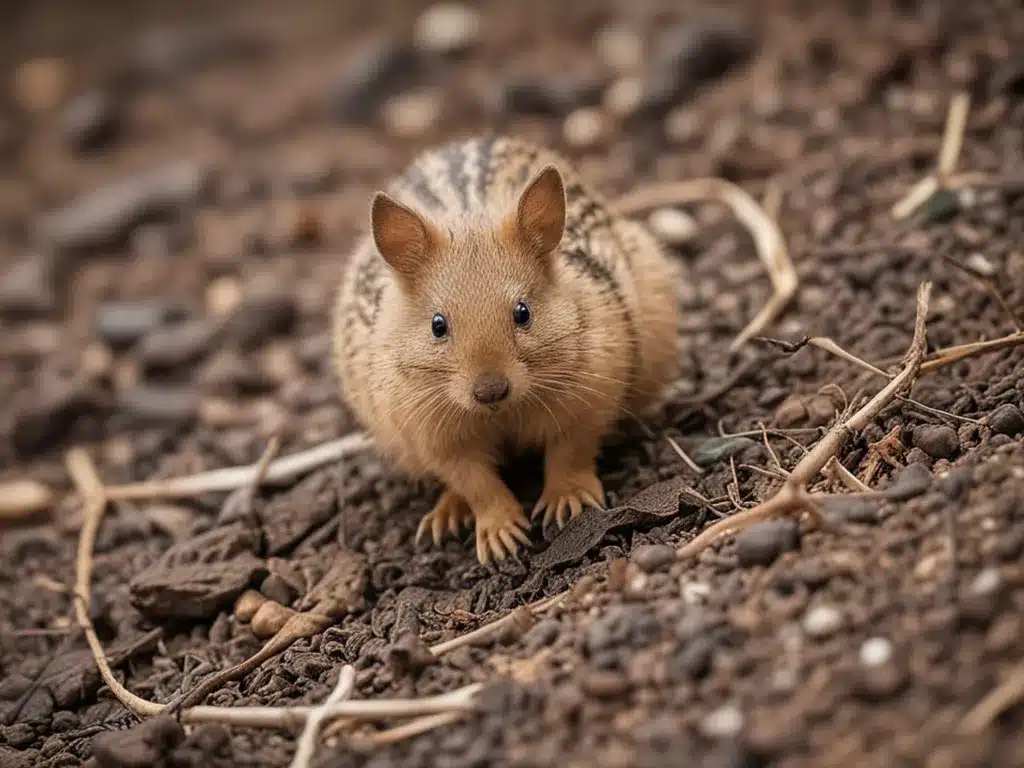As a homeowner, I occasionally have to deal with wild animal droppings in my yard or around my house. While smelly and unsightly, animal feces can also spread diseases, so proper cleanup is essential. Through trial and error, I’ve learned some effective tips for removing wild animal poop safely and efficiently.
Identify the Animal
The first step is to try to identify the animal leaving the droppings. Some common culprits include:
-
Raccoons – Raccoon feces are tubular, blunt, and often grouped together. They contain visible plant fibers or seeds from the animal’s diet.
-
Deer – Dense, pellet-like deer droppings are tapered at one end. They are often found in small piles.
-
Coyotes – Coyote scat is rope-like with tapered ends and may contain fur, bones, seeds, or berries.
-
Birds – Bird droppings tend to be more liquid-y or slimy with white and black coloration.
Pay attention to the size, shape, location, and contents of the scat to identify the animal. This can help pinpoint trouble areas on your property that may need remediation.
Protect Yourself
Before handling any animal feces, it’s crucial to protect yourself from diseases. Here are some tips:
-
Wear protective gloves and avoid direct skin contact. Nitrile gloves work best.
-
Use a face mask or respirator to prevent inhaling gases or dust.
-
Wash your hands thoroughly with soap and hot water after cleanup.
-
Disinfect gear like gloves or buckets after use.
-
Wash contaminated clothes separately in hot water.
Taking these precautions will help prevent the spread of dangerous diseases like hantavirus or E. coli.
Cleanup Tools
Having the right tools can make removing wild animal droppings much easier. Here is some key gear I use:
-
Shovel – A small garden shovel helps scoop up poop efficiently.
-
Rake – Rakes are useful for more crumbly, dispersed droppings.
-
Stiff brush – For stuck-on scat, a scrub brush helps scrape and dislodge it.
-
Broom and dustpan – I use these for smaller, loose droppings.
-
Bucket – A bucket is an easy way to collect and transport the waste.
-
Disinfectant – After cleaning up, I spray the area thoroughly with diluted bleach.
-
Trash bags – Seal the waste properly in bags before disposing.
Having the right cleanup tools can make the job much faster and more sanitary.
Safe Removal Methods
When removing animal droppings, use these methods to stay safe:
-
Scoop up solid, intact scat with a shovel. Try not to break it apart.
-
For crumbly poop, carefully sweep or rake it into the dustpan.
-
Use a stiff scrub brush and gloves to dislodge stuck-on feces.
-
Double-bag the waste in plastic bags and seal them tightly.
-
Avoid using a pressure washer, since this can spread pathogens through the air.
-
After removal, spray the area with a disinfectant like diluted bleach.
-
Wash your hands and disinfect gear after cleanup.
Following these best practices will help remove waste efficiently while minimizing health risks.
Proper Disposal Methods
Responsibly disposing of wild animal waste helps prevent the spread of parasites and bacteria. Here are some tips:
-
Double-bag the waste in plastic bags which are securely sealed.
-
Burying small amounts may be allowed away from gardens and water sources. Check local regulations.
-
Burning is an option but may not destroy all pathogens or parasites.
-
Trash collection is usually not allowed for biological waste removal.
-
In some areas, certified waste disposal companies can remove wildlife feces for you.
No matter the disposal method, the goal is to completely contain the waste and avoid any human or pet contact. This helps break the cycle of disease transmission.
Prevent Future Occurrences
While cleanup tackles the immediate problem, exclusion techniques can help prevent future animal droppings. Consider these proactive measures:
-
Install fencing around the yard perimeter or problem areas.
-
Use motion-activated lights and sounds to scare away wild animals.
-
Block access holes or gaps around the home exterior.
-
Eliminate outdoor pet food, bird feeders, or garbage that may attract animals.
-
Keep vegetation trimmed back from the house.
Deterring wildlife from entering the area is the best long-term solution. This minimizes risky exposures for pets or family members.
With the right tools and proper precautions, cleaning up wild animal droppings can be done safely. Remember to always protect yourself and avoid direct contact with the waste. Stopping animals from accessing the area in the first place is the best prevention. With vigilance and exclusion techniques, the problem can be effectively controlled.







